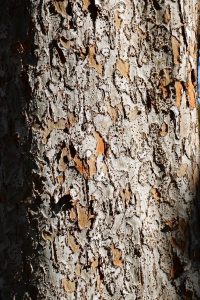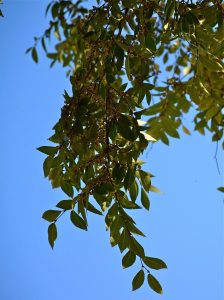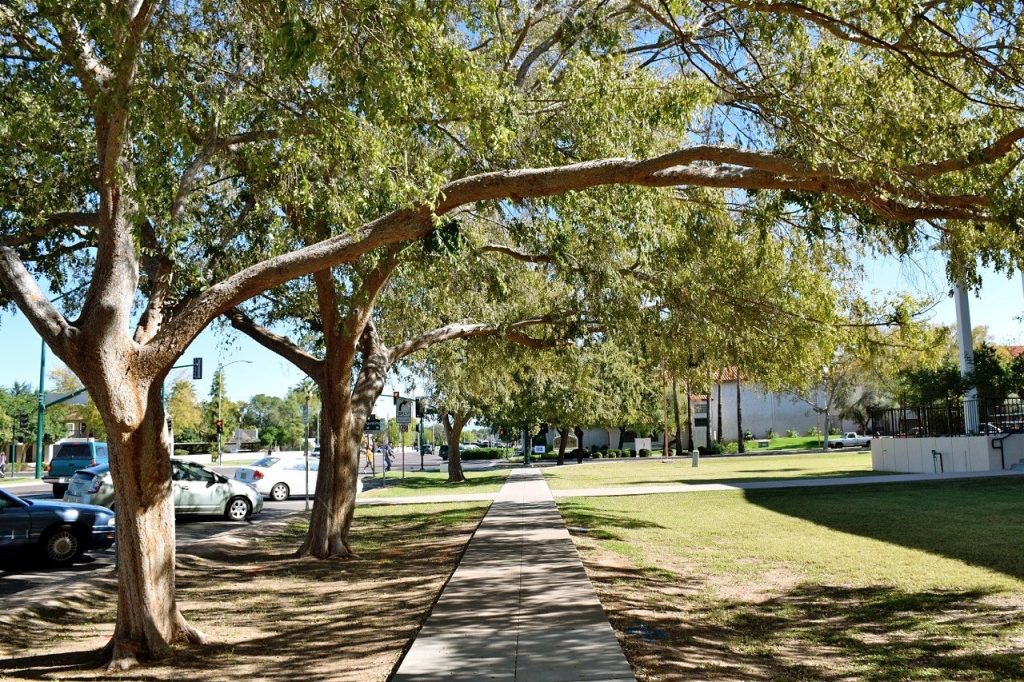Ulmus parvifolia, better known as evergreen elm or Chinese evergreen elm, is best characterized by its long, arching branches which provide dense summer shade. This tree makes a beautiful and functional addition to parks, school grounds and other open areas. Their large size and extensive root systems make them less suitable for small residential landscapes.

The evergreen elm is a fast grower, and needs plenty of room to reach its full potential. It can reach a height of 30 feet in as little as five years. Mature growth can reach 40 to 60 feet high and 50 to 70 feet wide, depending on watering and soil conditions.
A great attraction of this tree comes from the bark, which is mottled in texture and gray and tan in color. The peeling of the bark usually occurs after the tree has a chance to mature in the landscape. In late summer, you will see some insignificant flowering, with seeds developing in the fall. Ulmus parvifolia tends to be deciduous or semi-deciduous, but foliage fills in quickly after a cold snap. The leaves are leathery and broader than many in the desert-adaptable plant palette.
Maintenance is a must as the tree is maturing, due to the rapid growth and long branches. Staking and selective pruning of young trees is recommended for proper development and to help prevent wind damage.

Evergreen elms are not plagued by pests or diseases, but are prone to a significant disease in the desert called root rot. They prefer full sun and deep soil with good drainage. They need deep, infrequent irrigation, but will tolerate additional watering in turf areas. As with all large trees, water should be applied at the canopy edge, or drip line of the plant.
This is the only elm species that can tolerate the rigors of low elevation zones of Arizona.
Did you know that up to 70 percent of water use is outdoors? That’s why we love desert plants and feature them each month. It’s still a great time to plant non-tropical plants in your landscape, and you can learn more about Elm trees and other plants on our Arizona Low-Water-Use Plants page. Visit our page on Choosing and Planting Low-Water-Use Plants for tips on plant selection and how to plant properly. Also, be sure to read through all of our featured Plant of the Month blogs!
This feature is based on a concept and text originally developed jointly by the Arizona Nursery Association and the Arizona Municipal Water Users Association (AMWUA) with partial funding from the Arizona Department of Water Resources. Learn more about these and other great desert plants at the Arizona Municipal Water Users Association Landscape Plants for the Arizona Desert plant database.


